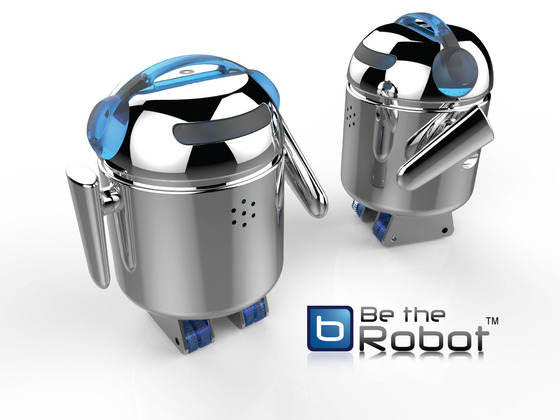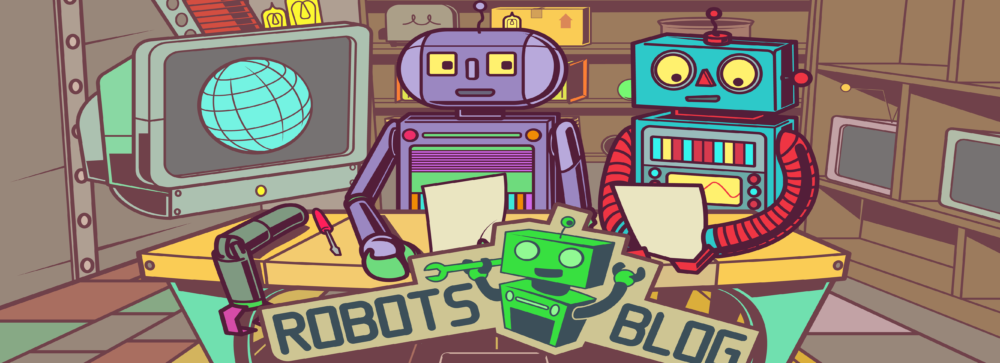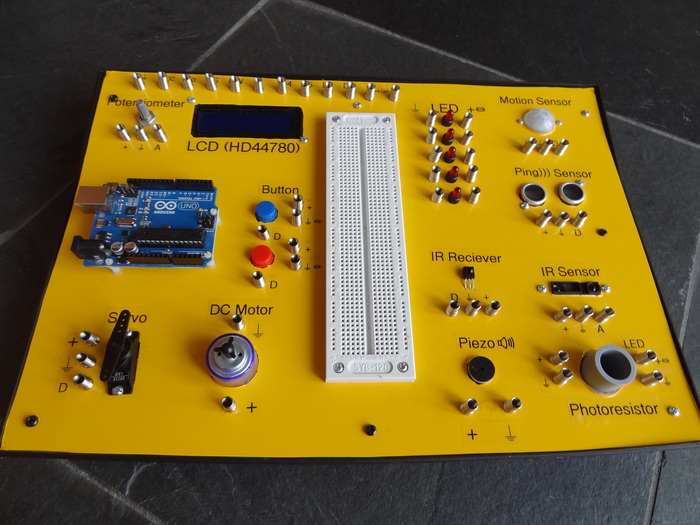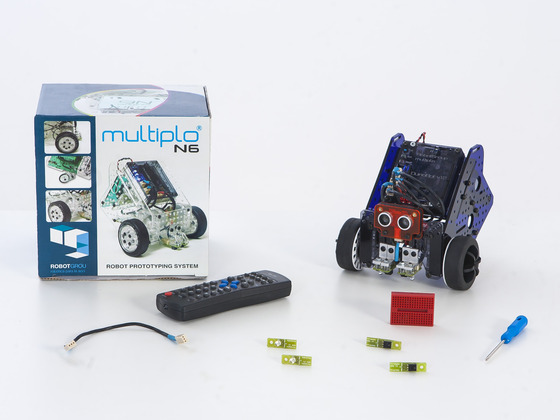An all enclosed device to learn the basics of Robotics, Arduino, Sensors, and DC Motor control.
Archiv der Kategorie: Development
Multiplo: Create Your Own Robot by Multiplo LLC — Kickstarter
A system to design and build things in an easy way. Specially Robots. And it’s Open Source.
Multiplo: Create Your Own Robot by Multiplo LLC — Kickstarter.
Be The Robot (BERO)-Bluetooth Controlled Open Source Robot by Reality Robotics Limited — Kickstarter
Reality Robotics Limited proudly presents the Be the Robot™ Project!

What is the Be the Robot™ project you may ask?
It is an expertly-engineered-multi-motor-wireless-animated-mobile-robotic-toy-platform that features an advanced internal operating system for communicating through an open source APP with an Android / iOSsmart device through Bluetooth™.
Be The Robot (BERO)-Bluetooth Controlled Open Source Robot by Reality Robotics Limited — Kickstarter.
MEET YOUR CREATOR – QUADROTOR SHOW – YouTube
OLPC Telepresece Hack: One Robot Per Child | Gadget Lab | Wired.com
Roberta Basketball Arm CAD – Zeitraffer – YouTube
Swarmanoid, the movie – YouTube
RobotsBlog.net mobile Website/App now available!
RobotsBlog.net is now available for any mobile phone or mobile device. And also as Browser App for all major browsers. http://robotsblog.mobapp.at/

Teemino – Arduino and Android ADK compatible board & NXT
Teemino is an Android ADK compatible board based on Arduino Mega/2560 with USB host. This board is based on Google’s reference design of Android USB accessory.
The board has all the features of an Arduino Mega2560 and also the USB host extensions as defined by Google’s Android ADK design.
The board supports the ADK firmware.
MINDSENSORS ARDUINO interface
Infos from TheNxtStep (Author: Daniele Benedettelli):

MINDSENSORS has designed this shield that will allow Arduino to replace *ehm* to be integrated into the LEGO MINDSTORMS system.
It will have 4 NXT motor ports, 4 NXT sensor ports and several RC servo motor ports. The NXShield will attach to an Arduino Duemilanove or Uno or similar Arduino clones. (Picture shown here with a Duemilanove)
The programming for the NXShield will be on Arduino, using usual Arduino C/C++ programming environment. There will be only one I2C port, so you can use multiple sensors on the bus only if they have different addresses.



